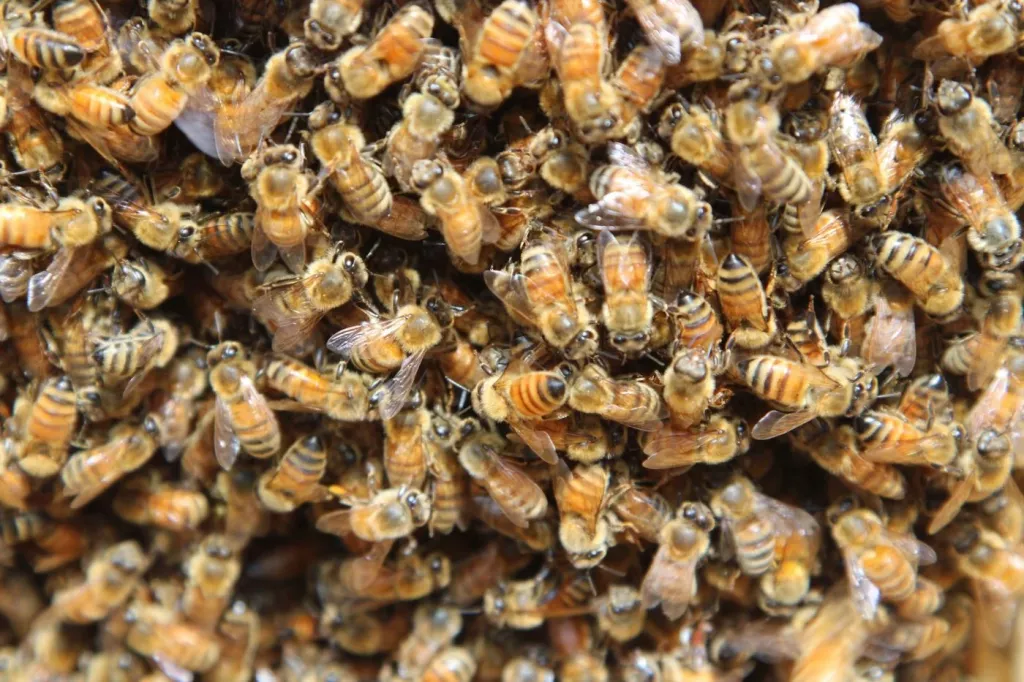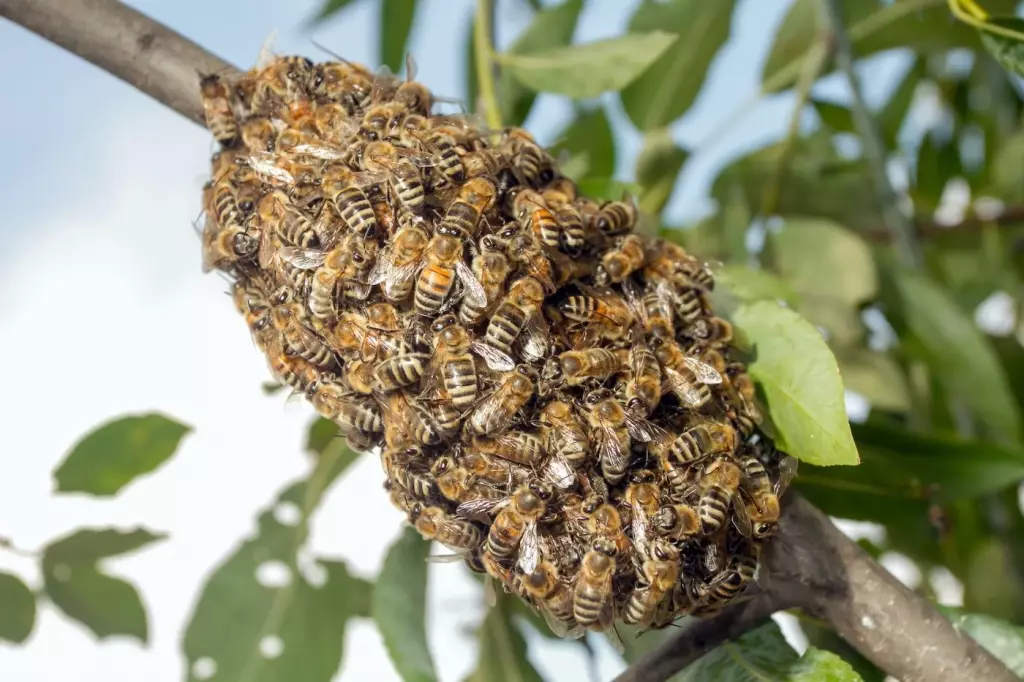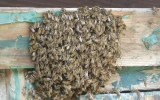What Are Bees in a Tree With No Hive & Is It Dangerous?
One of the most common locations where bees build their hives are trees, whether on the branches or in cavities. While this is nature's fate, humans are alarmed when bees aggregate in their trees. In this article, we will assess what bees in a tree with no hive indicate and if they pose a risk to humans.
Massive groups of bees lingering in a tree are called bee swarms. A swarm of bees is not dangerous to humans in most circumstances. This happens when almost half of the bees leave the hive with the old queen to start a new colony. It is a good indication of a progressive colony.
To further understand what these swarms are doing in your trees and how long they will be lingering on your property, keep reading below.
Summary
- Bee swarm is a large group of flying bees that aggregate in trees to rest while other bees find their new nesting site.
- Swarming is a natural process in bees and is a way for bees to propagate.
- A swarm of bees is not dangerous to humans if left undisturbed.

On this page:
Bees in a Tree With No Hive are Not Dangerous
A cluster of bees in a tree, given that no hive is formed, is called a "bee swarm." Swarming is a common process in the life of a bee colony. It usually occurs in April, between late spring and early summer, when it is sunny. It is indicated by a massive group of honeybees leaving their old colony to establish a new one, essentially splitting the colony in two.
Bees swarm as a response to crowd control in their old colony. During swarming, they leave their old hive and swarm temporarily in trees, while the scout bees are finding their next suitable home. Some bee swarms are comprised of a hundred to several thousand worker bees, a few drones, and, of course, a queen.
The swarm will stay in one place within a few hours to a few days and go away when the scout bees have found a new nest site. However, this depends on the weather conditions, as bees cannot fly out in the rain. If the weather is good throughout, site inspection of scout bees will only take an hour, and before you know it, the swarm is gone. But if the weather is unfavorable, the swarm might overstay their welcome.

The sight of swarming bees is not pleasant and can easily scare humans. But since the bees are busy doing their business, they are not as dangerous as they may seem. One reason why bees sting when they are in their nest is that they are protecting their brood and honey supply. But since they are away from their nests when swarming, their only concern is to keep clustering around the queen, while they wait for the scout bees to come back. Bees are extremely docile during swarming, unless violently shaken or disturbed.
Knowing that bee swarms are not dangerous, you should be able to sit back and relax now. After all, in many cases, it only takes a day for these bees to go away on their own.
Bee Swarm Vs. Beehive
Beehives are different from bee swarms, and you must identify which is which. Bee swarms are just a temporary set-up of clustering bees, while no new home has been found. Bees will usually stay in this cluster for hours or a few days, depending on weather conditions.
Now, a beehive or bee nest is the permanent home of a bee colony. This contains their food supplies, honeycombs, and brood. Usually, a bee swarm should not alarm you, but if the bees in your tree have been staying for a long period already, you should now start calling a professional exterminator because the chances of them moving in inside your tree are high.
If scout bees can't find a location after a few days, the bees may begin producing beeswax and start comb-making at the spot where the cluster formed, such as a tree limb. When bees start to build a hive on your tree property, they become dangerous and can sting in order to protect their newly acclaimed home.
Is Destroying a Bee Swarm Advisable?
It is never advised to destroy a swarm no matter how dangerous we think it is. Although swarms are less dangerous, there's no guarantee that they won't attack. Secondly, bees are essential pollinators, and their reduced population is a threat to humans, especially in our crop production, so we do not want to further reduce their numbers by killing their swarms. The best thing to do is contact a local beekeepers' association and let them handle the situation.
Bee Swarm in Public Places
Bees are unpredictable, and sometimes, due to necessity, they can swarm in trees located in public spaces such as parks, school yards, or even walkways. It is hazardous to spray insecticide or destroy the swarm by hand, especially in a public space. This may just agitate the bees further and sting more innocent people. It's always best to let the local beekeepers take care of these swarms.
What Happens to the Colony Left Behind by the Swarm?
Before the original queen of the old colony flies with the swarm, certain preparations are made to ensure that the progeny lives on even without the queen. Some of the eggs she has laid before leaving have a few queen cells, from which one or more queens will emerge, with only one of them succeeding to lead the colony again.
The ever-responsible workers are the ones on guard after the queen bee has left. They oversee feeding the brood and raising them until virgin queens can emerge and start the colony running again.
To find out more about what happens to bees left behind after swarming, you may read here.
